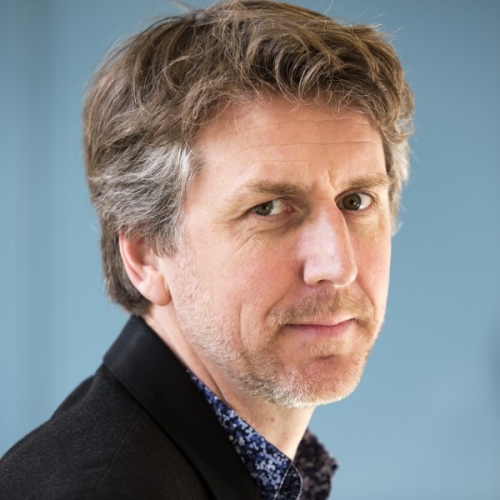Building strong foundations for a globally connected circular economy
The Sustainable Development Goals urge us to build an equitable society within the natural boundaries of our planet. Circular economy supports sustainable consumption and production (SDG 12) and is crucial for resilient infrastructure, inclusive industrialization, and innovation (SDG 9).
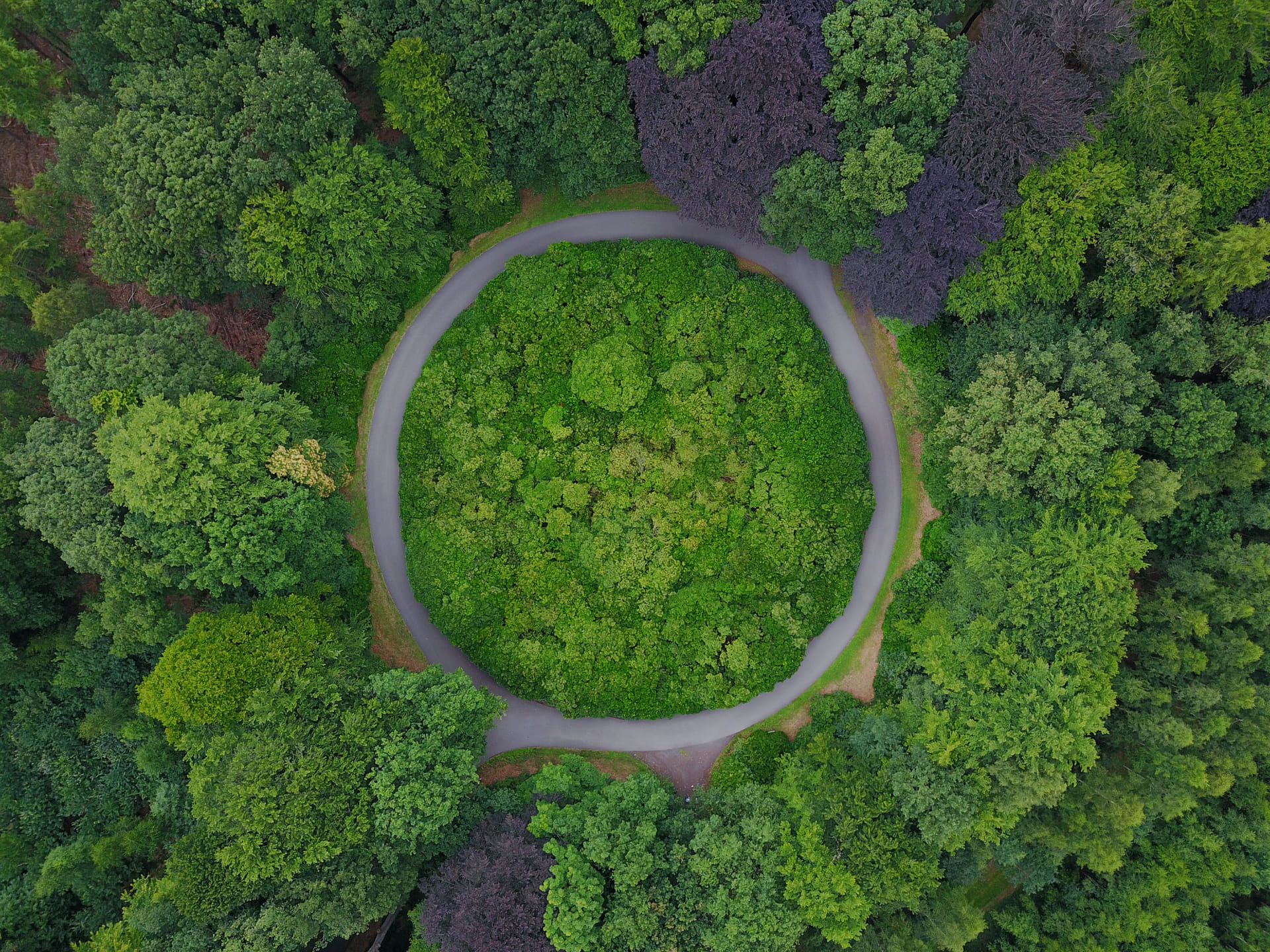
Putting circular economy central on the policy agenda
From an industry point of view, circular economy generates the need for advanced sorting and recycling solutions, efficient materials processing solutions, and digitally-enabled manufacturing and design methods. While this industrial agenda is an essential driver for our research, it cannot be the only one. Our research agenda needs to look far beyond technology.
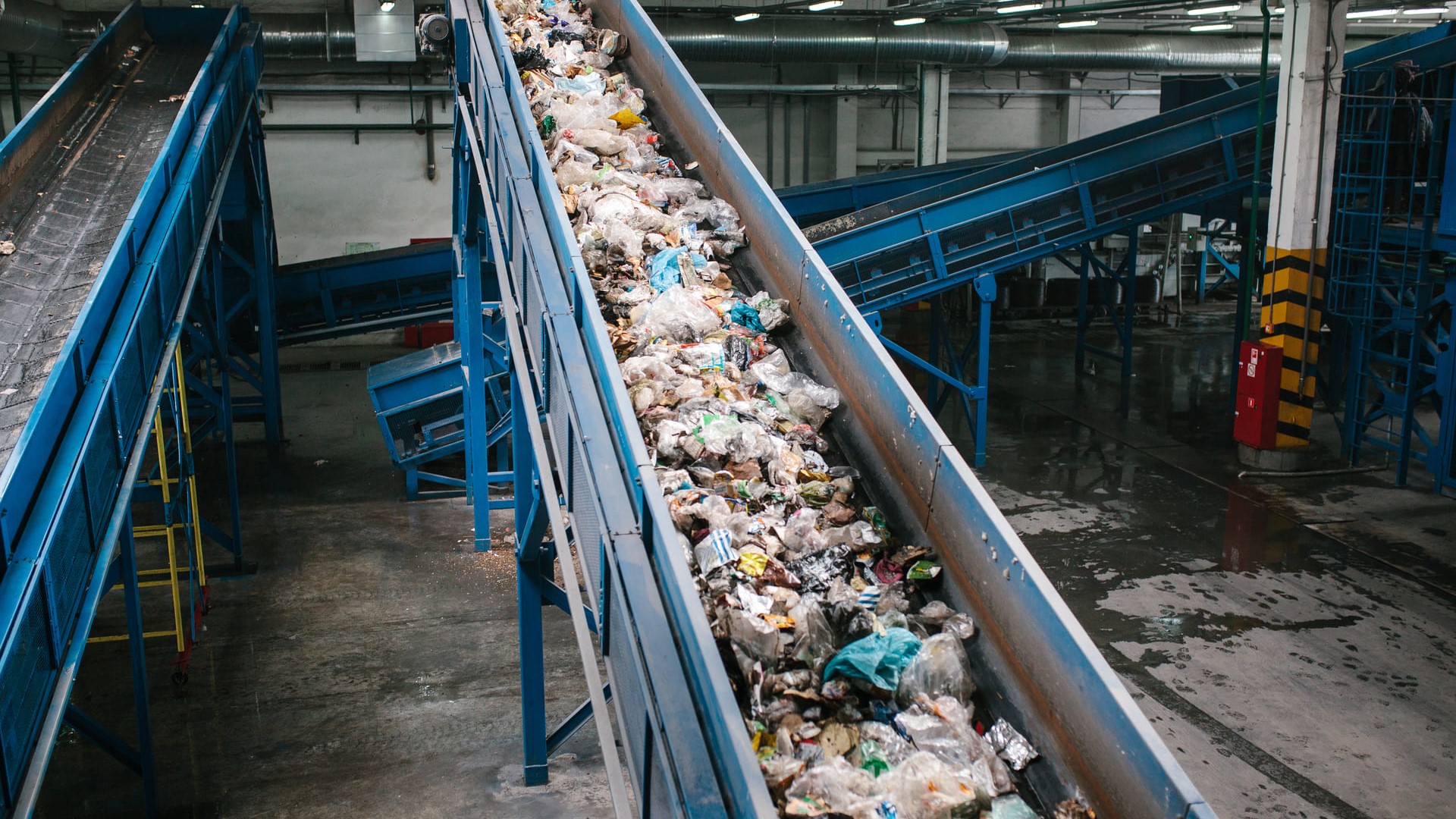
As researchers, we consider it our mission to contribute to building a sustainable world. At the same time, we are aware that we need to impact policy agendas to achieve that purpose. We therefore invest in networking and engage in stakeholder processes, which we consider to be essential for our mission.
Networking and engaging in stakeholder processes have been instrumental in impacting the development of strategic research agendas. Both activities have contributed to circular economy playing a central role on the European policy agenda, for example, as is shown by the Green Deal and the European Circular Economy Action Plan.
Integrating digital technologies into circular economy approaches
The technological needs of circular economy can be covered by Industry 4.0, a broad set of smart manufacturing and automation processes. These processes are enabled by digital technologies such as the Internet of Things (IoT), big data & analytics, 3D printing, augmented reality and blockchain technology.
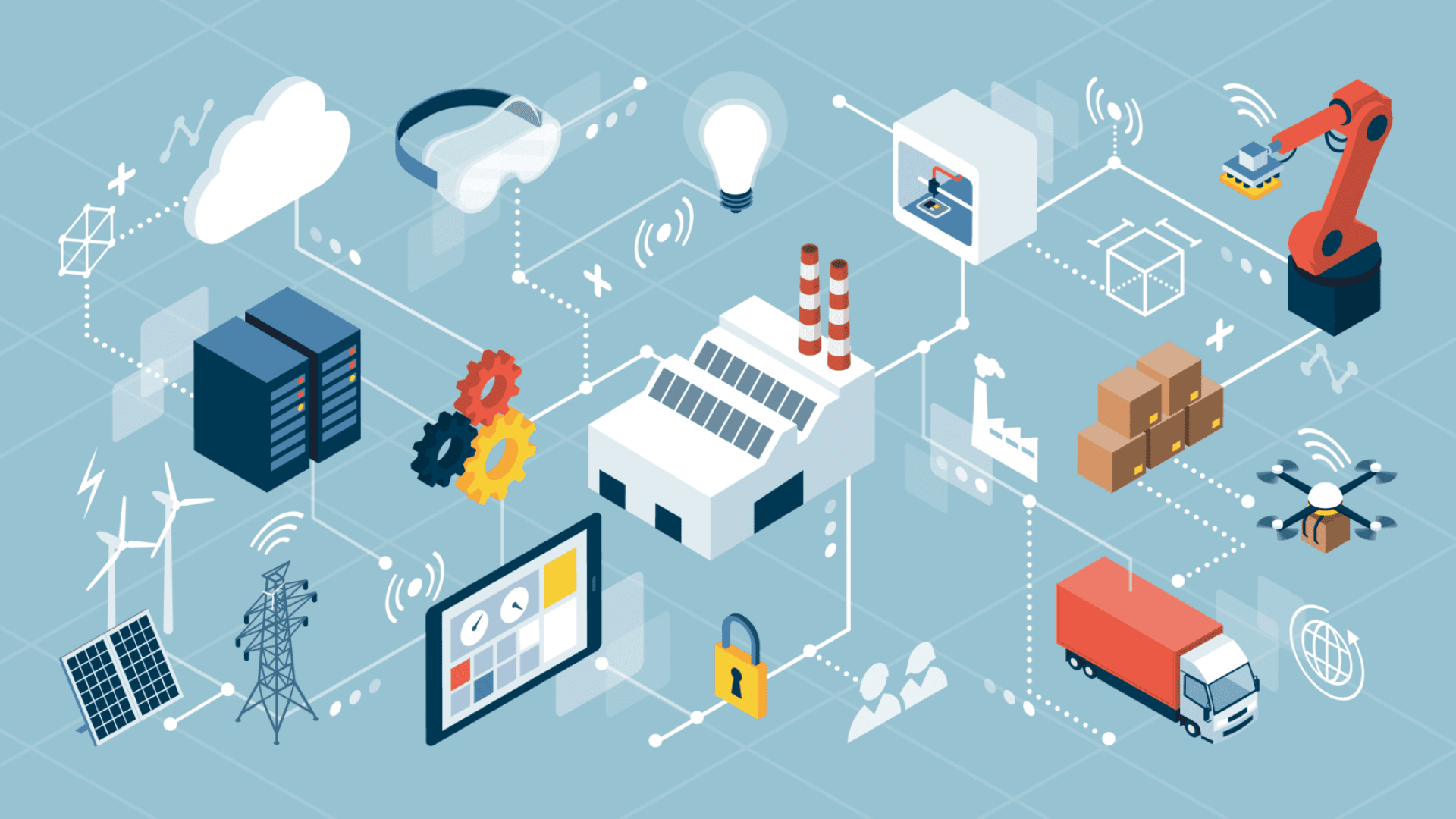
At the same time, circular economy requires consumer behaviour to shift away from ownership and consumption towards use, share and repair. Access to services (mobility services, for example) becomes more important than owning the goods that provide these services (cars, to stay with the example). That creates a need for new business models such as Products as a Service (PaaS), sharing platforms and peer-to-peer interactions. Many of these depend on the availability of digital tools, including apps, websites, online user platforms and databases.
The use of such digital tools will generate large volumes of data on material flows and consumption behaviour. By using artificial intelligence and machine learning approaches to process these data, entirely new applications will open up an era where digital twins of real products will help shape sustainable production and usage.
The big challenge is therefore to integrate digital technologies into circular economy approaches and to do it right. If digital developments are driven by technological considerations only, the result will not fit circular economy needs. It is therefore imperative that sustainability experts help guide the digital transformation, and that we stimulate debate and interaction between the digital and circular economy communities. In my view, G-STIC plays a crucial role in enabling such discussions and interactions.
Building a strong basis for implementing smart circular economy practices
While circular economy has made it into a worldwide concept in recent years, it remains very much driven by local initiatives and local material cycles. Also, local technological strengths provide different contexts for smart circular activities. In particular, local digital readiness has a strong impact on the implementation of digitally enabled circular practices.
To be successful in building a local but globally connected circular economy, we need to learn from local circular economy initiatives. Exchanging successes and failures, lessons learned and good practices (as we do with G-STIC and with Circular Economy Hotspots will help us establish a strong basis for implementing sound circular economy practices.

In addition, there remains a strong need among the research community to develop complementary knowledge on circular economy. That’s why we have also set up the European Circular Economy Alliance (ECERA), an alliance between the top 10 Circular Economy Research and Technology Organisations throughout Europe. This alliance has enabled us to speed up the learning process and create more impact.
Supporting entrepreneurs to develop sustainable business models
Sharing knowledge and experience between circular economy experts and communities is one thing, ensuring that the results of our research find their way into the real world is quite something different. To achieve that, we also need to actively promote best practices, providing inspiration and guidance for entrepreneurs to review their business model.
The Circulator, the Circular Business Models Mixer, which provides a survey and analysis of circular business models, is an excellent example of how we can help with that. The Circulator is a project funded by EIT Raw Materials aimed at supporting aspiring entrepreneurs in making conscious strategic choices regarding the sustainability of their business model.
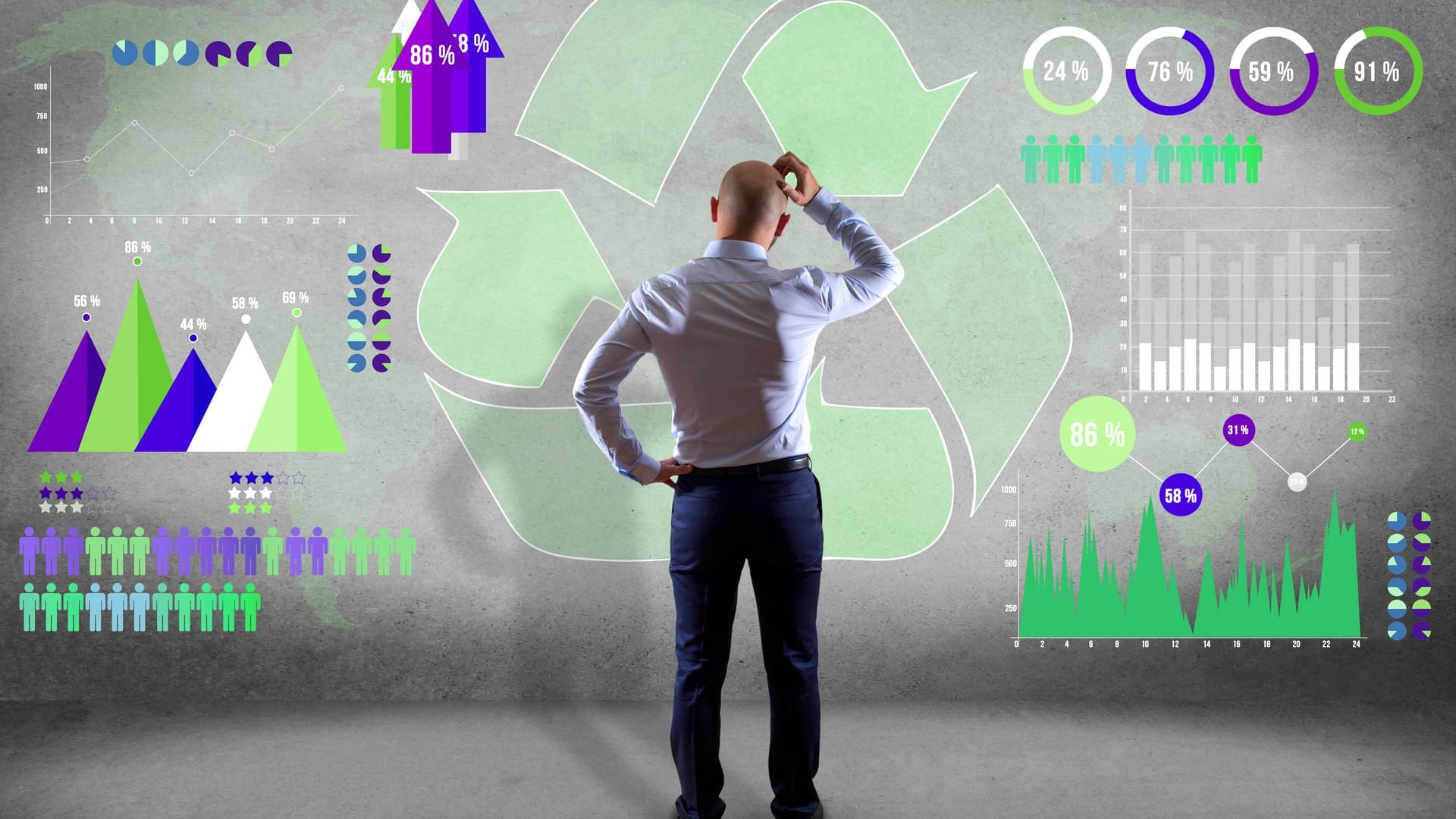
Circusol is another example of a business innovation project that can help launch new circular practices. Funded by the Horizon 2020 programme of the European Commission, this project brings together 15 partners from 7 European countries to develop and demonstrate business solutions for circular economy in the solar power sector.
Going far beyond matters of technology
All these examples illustrate how far research efforts go beyond matters of technology. There is no choice, really, because circular economy is an encompassing approach that can be applied to tackle different societal challenges. It is an essential element to realise sustainable consumption and production patterns, doing away with the currently predominating linear take-make-dispose model.
